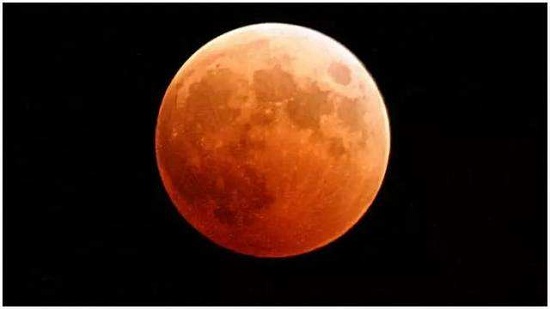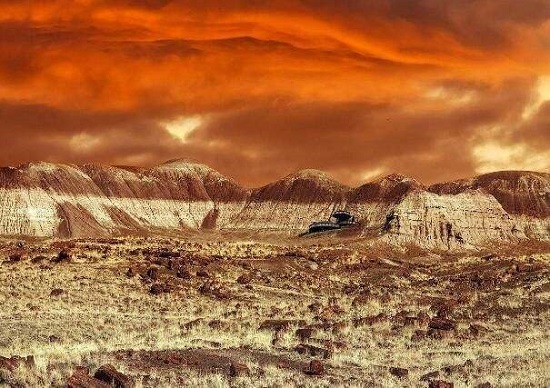Microsoft Helps NASA Build Orion Spacecraft
2018-12-05
Through HoloLens holographic model and interactive design, engineers can see the appearance of parts, assembly location and operation steps in HoloLens. With HoloLens'SLAM technology, the relevant holographic components and labels can also be accurately displayed on the assembled spacecraft entity, including the steps and details required for operation. In addition, engineers can see the finished appearance in advance in Holo Lens.

NASA is currently developing a new generation of manned spacecraft Orion, a new generation of space equipment capable of carrying four astronauts and part of NASA's original constellation program.
By using HoloLens, the new technology replaces the 1500-page instructions, frees the engineer's hands and greatly improves the efficiency and accuracy of the operation.

The spacecraft will carry four astronauts to the moon again in 2020, and will successively conquer solar systems such as Mars. Engineers now say they are using Microsoft's Solo Lens to participate in Orion's development process.